Apple has conducted extensive research into every aspect of Messages, that all hints at editable text in the short term, and perhaps a WeChat-like series of mini-applications in the future.
After passwords and perhaps tweets, text Messages are the shortest things any iPhone user will ever write on their device. Yet Apple is anything but short or concise on the topic, as a new patent application about messages runs to 980 pages, and 200,000 words. Much of this describes familiar features, but there are also key ones about editing text — and building an application launcher with Messages itself.
The application, "Devices, Methods, and Graphical User Interfaces for Messaging," says that it is about electronic devices that display "a messaging user interface of a message application."
"But current messaging applications have numerous drawbacks and limitations," says the patent. "For example, they are limited in their ability to easily: acknowledge messages; edit previously sent messages; express what a user is trying to communicate; display private messages; synchronize viewing of content between users; incorporate handwritten inputs..."
Apple isn't holding back. The account of deficiencies in current messaging apps, including Apple's own, continues. "[They are limited in how users can] quickly locate content in a message transcript; integrate a camera; integrate search and sharing; integrate interactive applications; integrate stickers; make payments; interact with avatars; make suggestions; navigate among interactive applications; manage interactive applications; translate foreign language text; combine messages into a group; and flag messages."
It's then as if the 14 credited inventors got all that off their chests, and then rolled up their sleeves. Among the myriad improved features they describe are plenty that will immediately be familiar, at least in some form. These include way you can currently send images balloons or fireworks, but Apple wants to make more of that, and to make it easier too.
"There is a need for electronic devices with improved methods and interfaces for selecting an impact effect for a message," says. "Such methods and interfaces may complement or replace conventional methods for selecting an impact effect for a message."
The proposed methods chiefly involve multi-touch taps and gestures that will doubtlessly seem obvious when demonstrated, but which are a little bewildering when described in a patent format. One such description starts — note, just starts — with detail like this:
"[A] method, performed at an electronic device having one or more processors, memory, a touch-sensitive surface, and a display, includes displaying a messaging user interface on the display, the messaging user interface including a conversation transcript of a messaging session between a user of the electronic device and at least one other user, and a message-input area that includes a first message input.
That description goes on to detail how a Messages has to react to a touch, or a first contact, by registering the location and also timing of it. When a first contact is followed by a second one, such as a second finger tapping another message, the system changes the way it offers the user "in the plurality of impact effect options."
There are equally detailed descriptions of how to improve on the number and use of, for instance, stickers in a message. Similarly, the patent aims to build on the current system of letting users use Apple Pay to send money from within Messages.
Where the patent starts to cover new material, it does so especially in these two important areas of editing text, and running applications. You can already run, for instance, 1Password, within Messages, but it's limited in the same way that you can strictly speaking edit a message now. Today your options are really just to delete ones, and that doesn't delete it from the other users in the conversation.
Apple wants to bring full text editing capability for after you've sent a message, and it wants to bring much fuller apps to within Messages, too.
Editing Messages
Some messaging services, such as Slack, do allow you to edit a message after you've posted it. These are generally working within one central environment, though — they're not transmitting a message to another user over the cellular network. Each user is logged in to the central server, so an edit can be applied there by the writer and seen by all readers.
With text messaging, it's much more complicated to retrieve a sent message, edit it, and send it back. Apple's Messages is not the only service that currently can't support this. While WhatsApp has a "Delete Messages for Everyone" feature that lets you remove an entire erroneously-sent message, it doesn't have the ability for you to edit instead.
Interestingly, Apple's patent does not mention any of the behind-the-scenes technology that would be required to retrieve, edit and sync back previously-sent messages, but it does go into extreme detail over multiple ways that the user could do such an edit.
"The first message can be edited, despite the fact that it has already been sent," it starts. "To initiate the editing of the first message, the user selects the first message with a predefined touch input (e.g., a tap gesture, long press gesture, light press gesture, or deep press gesture) on the first message or the message region for the first message."
Then Messages on the device would display a menu, or perhaps go straight in to "a message editing interface." It presents a keyboard during the editing, and then "displays a revised version of the message, and detects an input" that sends the edited message on to its recipients.
While that part, and most of the patent, specify keyboards being used for editing, there are multiple references to an alternative. "There is a need for electronic devices with improved methods and interfaces for using handwriting inputs in a messaging application," says. "Such methods and interfaces help improve user satisfaction with their devices and produce more efficient human-machine interfaces by allowing users, e.g., to simply rotate their device in order to begin entering handwritten inputs."
Applications in Messages
Apple does already give Messages more features than solely sending text or emoji messages to people. Alongside stickers, there are also ways to send restaurant contact details from an app, for instance. Many of these leverage third-party apps on the user's iPhone, but those apps are not really within Messages.
They may be coming, however. And one part of enabling this is to have a way for Messages to let users quickly find, launch, and use apps. Apple describes its methods for these as being for Application Management.
"[The] application area... includes: an application-input area that displays one or more activatable objects of a first application," it says, "and an application-selection area that includes: a plurality of scrollable application-selection affordances."
Affordances are typically features that guide the user, so as he or she looks for an app, this might be a pop-up display that says what an application is, or offers some helpful options. In some of the drawings in the patent, this application management is shown as looking very much like the iPhone's regular Dock, just within Messages.
What's more significant than the specifics of how this may all look, though, is that the plan is to bring much more application functionality to within Messages. This could make Apple's solution work in a similar way to how China's extraordinarily successful WeChat mixes countless apps within its messaging service.
So perhaps this is part of a longer-term plan for Apple, as it looks to its own future and the future of how people use messaging services. But in the short term, if it brings the ability to edit messages after you've sent them, that will be as big a boon as when iOS finally introduced copy-and-paste.
 William Gallagher
William Gallagher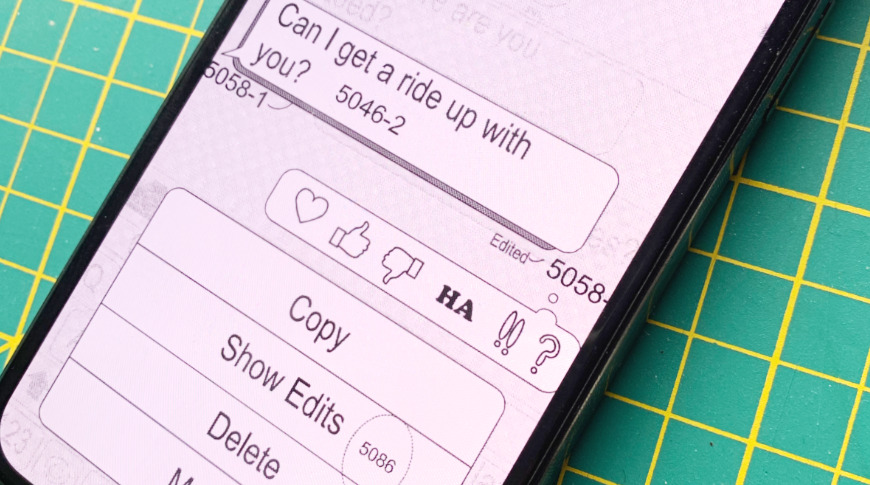
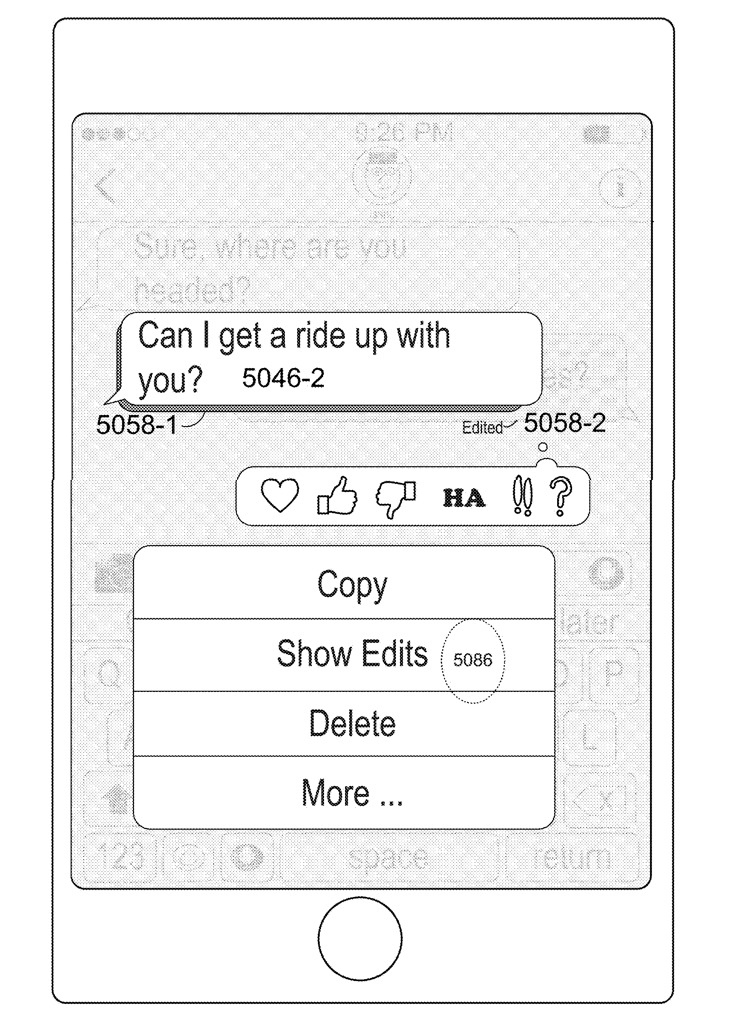
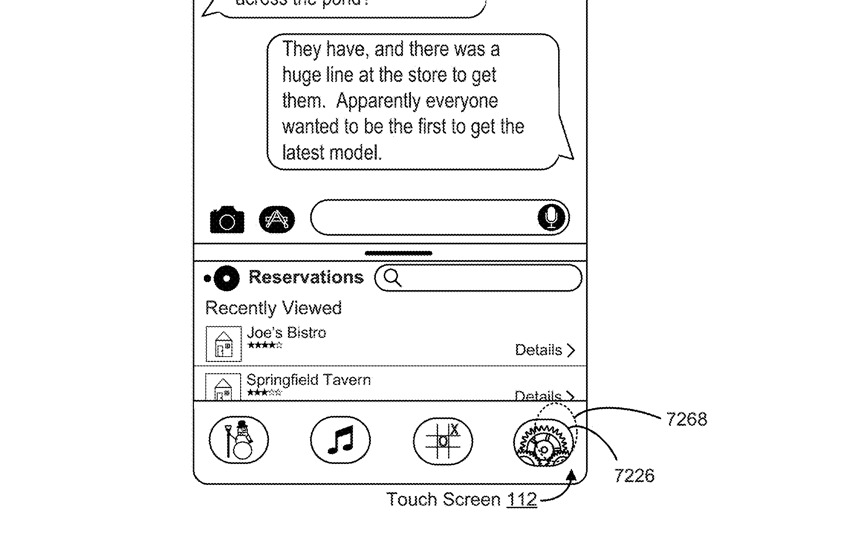

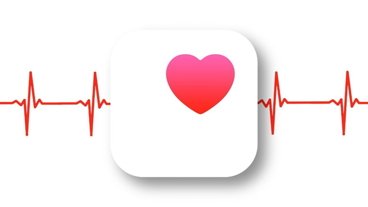

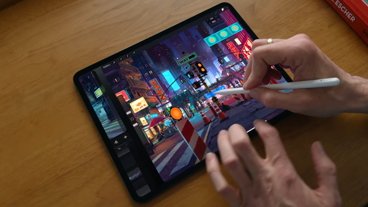



-m.jpg)

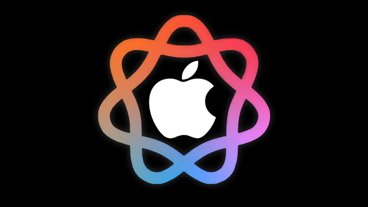
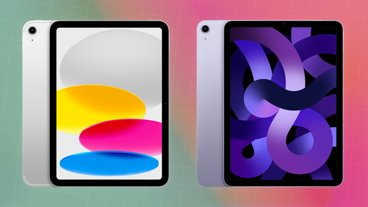
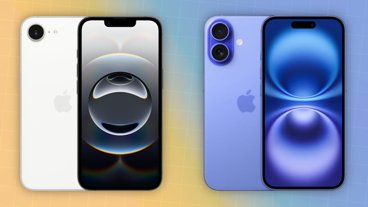
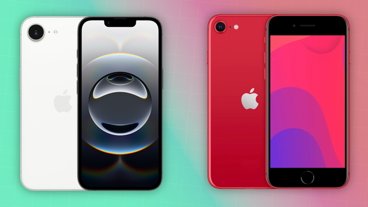

 Brian Patterson
Brian Patterson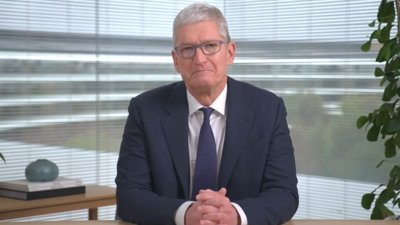
 Charles Martin
Charles Martin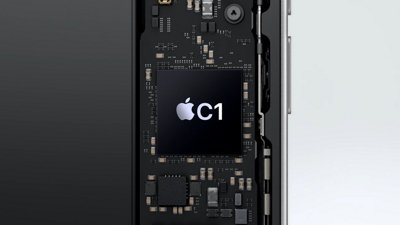

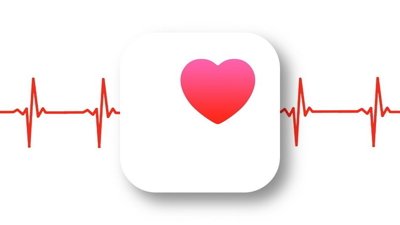
 Malcolm Owen
Malcolm Owen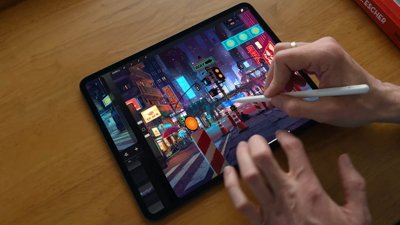

 Christine McKee
Christine McKee
 Marko Zivkovic
Marko Zivkovic
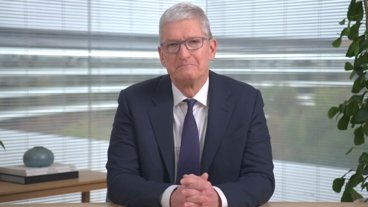
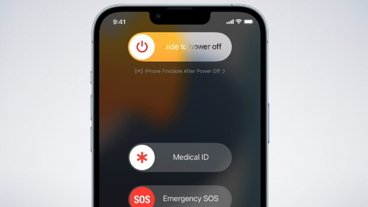
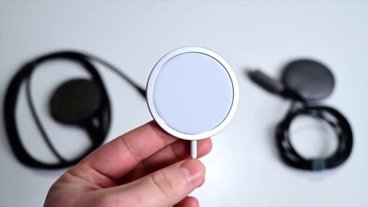
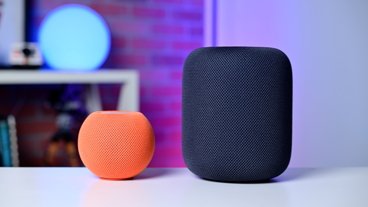
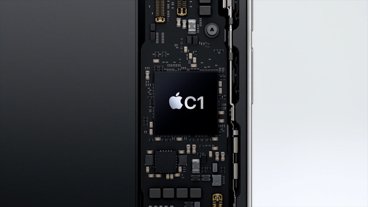


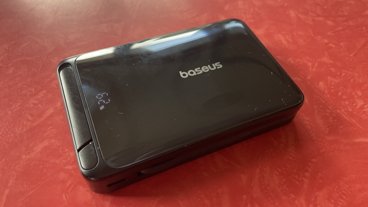

19 Comments
The only problem with this is we no longer get the benefit of all the autocorrect mistakes!
Just add "save as draft message like Android google's message app and I will be very very happy. Than, I don't have to use Notes or email to write a draft message text than copy/paste into iMessage. In advance, thank you Apple.
They should license their patent to Twitter.